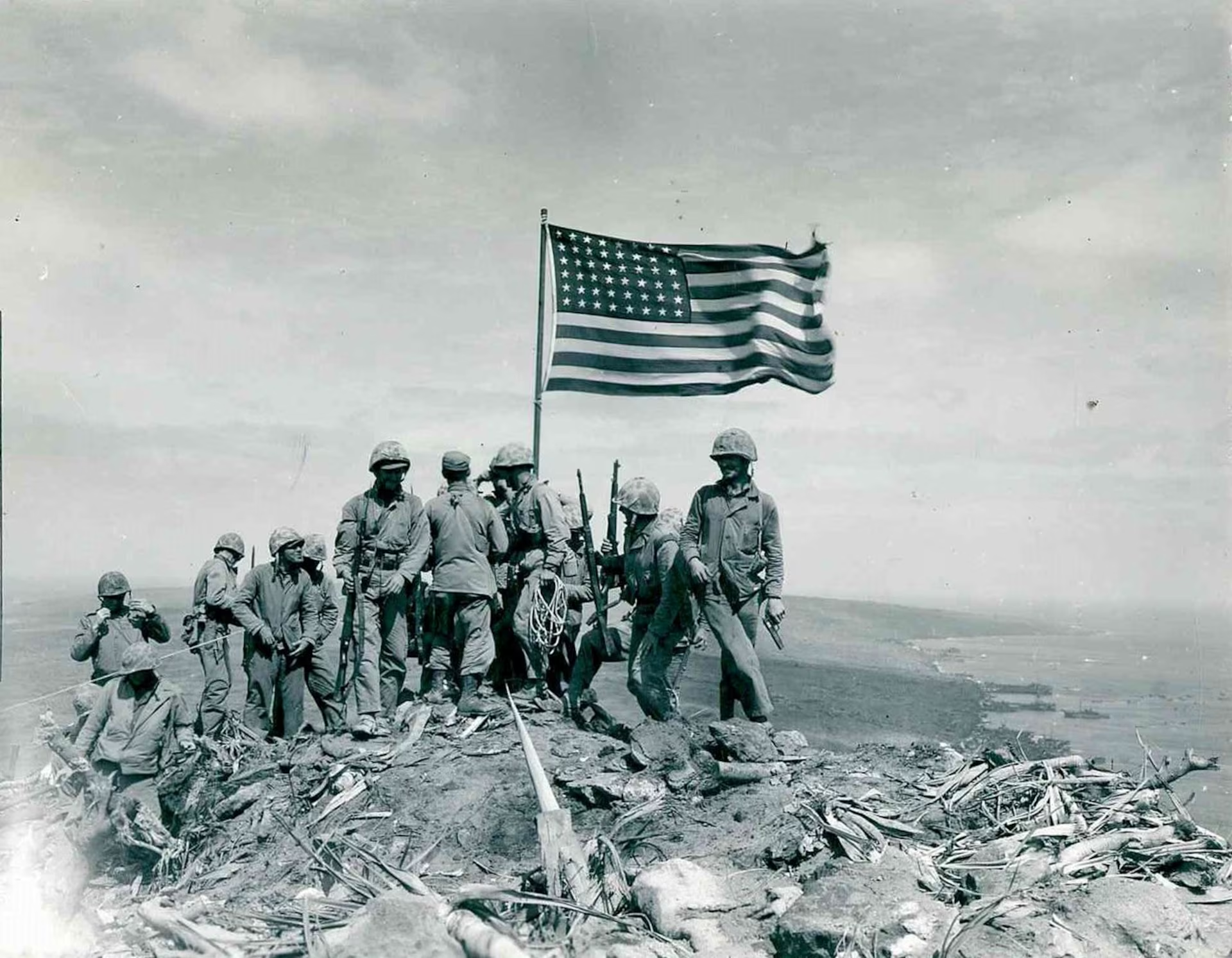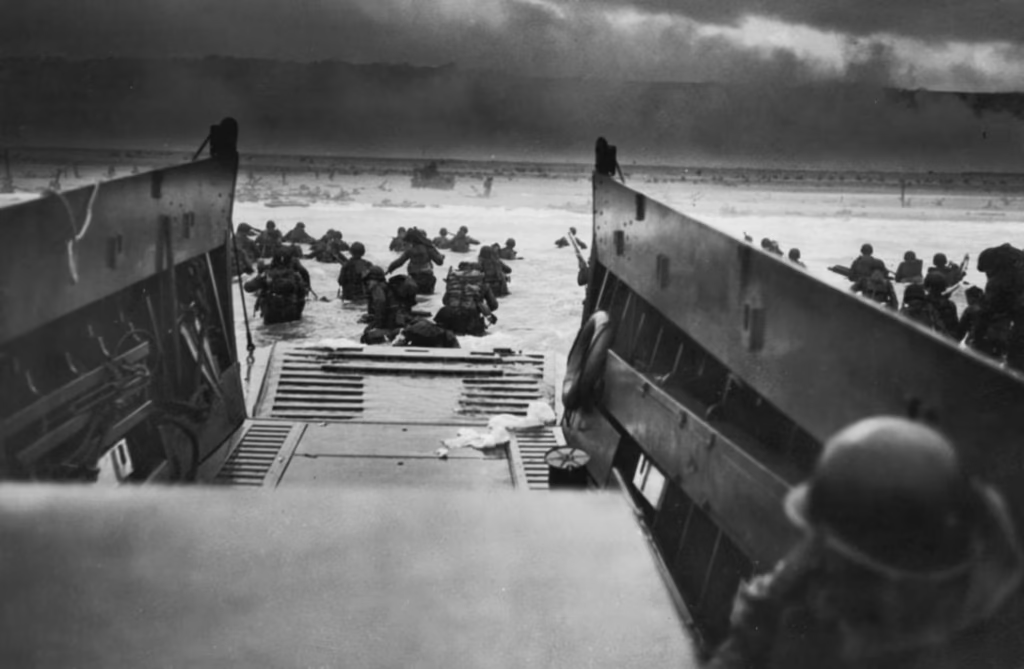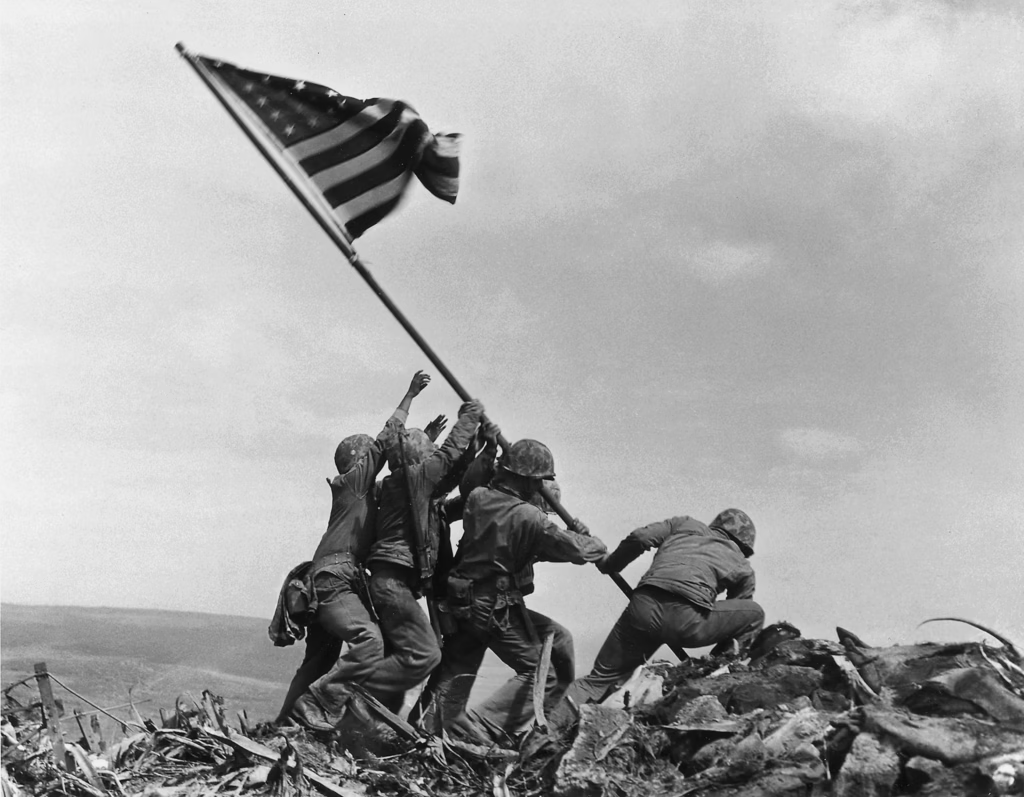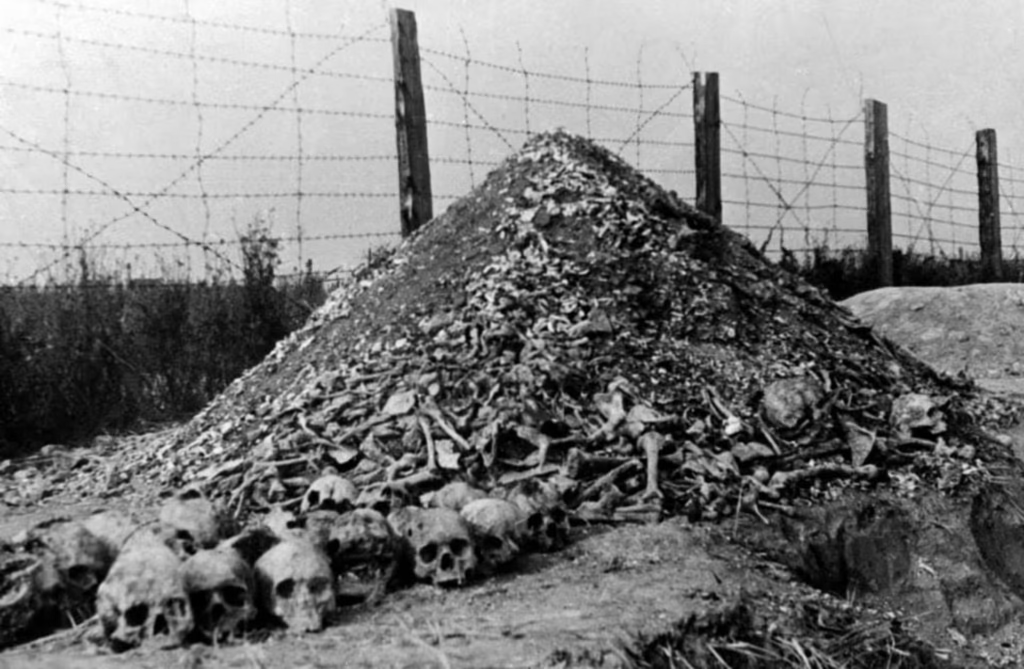🌍 Everything About the Second World War

The Second World War (1939–1945) was the most widespread and deadly conflict in human history, involving over 30 countries and resulting in an estimated 70–85 million deaths.

🗓️ When Did It Start?
World War II began on September 1, 1939, when Nazi Germany, led by Adolf Hitler, invaded Poland.
Two days later, on September 3, 1939, Britain and France declared war on Germany. This marked the official beginning of the war in Europe.
❓ Why Did It Start?
The war’s causes were complex, but major factors included:
- Treaty of Versailles (1919): It punished Germany after World War I, causing resentment, economic hardship, and a desire for revenge.
- Rise of Fascism: Totalitarian leaders like Hitler (Germany), Mussolini (Italy), and militarists in Japan sought expansion.
- Appeasement: Western powers allowed Hitler to take over Austria and Czechoslovakia, hoping to avoid conflict.
- Expansionism:
- Germany wanted to dominate Europe.
- Japan sought an empire in Asia.
- Italy aimed to build a new Roman Empire.
🌍 Which Countries Were Involved?
Allied Powers (main):
- United Kingdom
- France
- Soviet Union (joined after being invaded by Germany in 1941)
- United States (joined after Japan attacked Pearl Harbor on Dec 7, 1941)
- China
Axis Powers:
- Germany
- Italy
- Japan
Many other nations joined on both sides over the course of the war, including:
- Canada, Australia, New Zealand, Poland, Greece, Norway, Netherlands, Belgium (Allies)
- Hungary, Romania, Bulgaria, Finland (Axis supporters at times)
🏁 When Did It End?
- In Europe: May 8, 1945 – Victory in Europe (VE) Day after Germany surrendered.
- In the Pacific: September 2, 1945 – Victory over Japan (VJ) Day, after the U.S. dropped atomic bombs on Hiroshima (Aug 6) and Nagasaki (Aug 9).
💀 How Many People Died?
Estimated total deaths: 70–85 million people (about 3% of the world population at the time)
- Military deaths: ~25 million
- Civilian deaths: ~50–60 million
- Holocaust: ~6 million Jews killed by Nazi Germany
- Soviet Union: ~26 million deaths
- China: ~15–20 million deaths
- Germany: ~7 million deaths
- Poland: ~5–6 million deaths
- Japan: ~3 million deaths
🔥 Major Events & Turning Points
- Blitzkrieg (Lightning War): Rapid German invasions of Poland, France, etc.
- Battle of Britain (1940): UK repelled German air assault.
- Operation Barbarossa (1941): Germany invades USSR.
- Pearl Harbor (1941): Japan attacks U.S. → America enters war.
- Battle of Stalingrad (1942–43): Turning point on Eastern Front.
- D-Day (June 6, 1944): Allied forces invade Normandy, France.
- Atomic Bombs (1945): Dropped on Japan, leading to its surrender.

🕊️ Consequences of WWII
- Creation of the United Nations (1945) to promote peace.
- Cold War began between the U.S. and Soviet Union.
- Europe divided: East (communist) and West (democratic).
- Colonial empires declined → many countries gained independence.
- Nuremberg Trials: Nazi leaders prosecuted for war crimes.
- Technological advances: Radar, jet engines, nuclear weapons.





